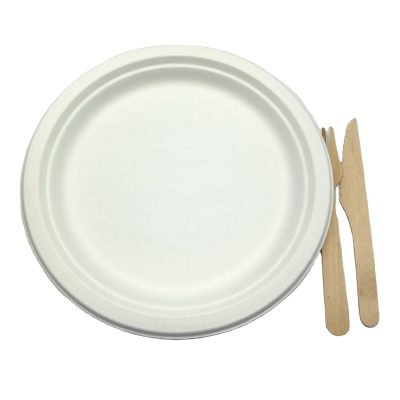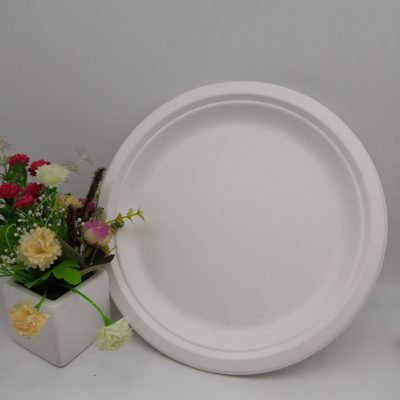Environmentally friendly tableware is a material that is harmless to the human body, non-toxic and tasteless, easy to degrade, and has no pollution in the process of manufacturing, use and destruction. The product quality fully meets the national food hygiene requirements. Food containers with characteristics such as nanometers.
Environmentally friendly tableware does not mean degradable tableware, and degradable tableware is just one type of environmentally friendly tableware. Counterfeit environmentally friendly plastic tableware–soft to the touch, cracked when lightly torn, pungent and eye-catching, easy to leak when heated; counterfeit pulp tableware–low strength, dark color, and serious oil seepage and water seepage.
There is no factory name, no trademark, and no production date on the packing box and lunch box; counterfeit tableware is heavier than qualified products, and it is easy to sink in water after being shredded (qualified products have a specific gravity of less than 1 and will not sink).
Some environmentally friendly lunch boxes used in the market have serious quality problems (excessive evaporation residues), the main reason is that manufacturers use a large amount of calcium carbonate, talc and other minerals and waste plastics in the production process to reduce product costs. The added minerals and additives dissolve with the water, vinegar, oil, etc. contained in the food. As the food eaten by people enters the human body, it will cause various diseases such as indigestion, local pain and liver system disease.








